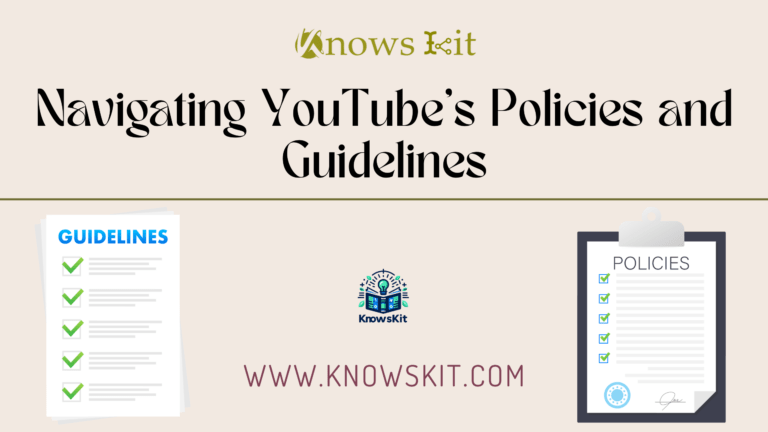Trends in Social Media Graphics: Introduction
In the ever-evolving world of social media, the role of graphics has become more pivotal than ever. As we ride the wave of digital transformation, it’s fascinating to see how visual elements shape our online interactions. Trends in Social Media Graphics are not just about aesthetics; they are a crucial component of effective communication in our hyper-connected age. This article delves deep into the latest trends, providing insights and inspiration for anyone looking to stay ahead in the dynamic realm of social media content creation.
The Evolution of Social Media Graphics
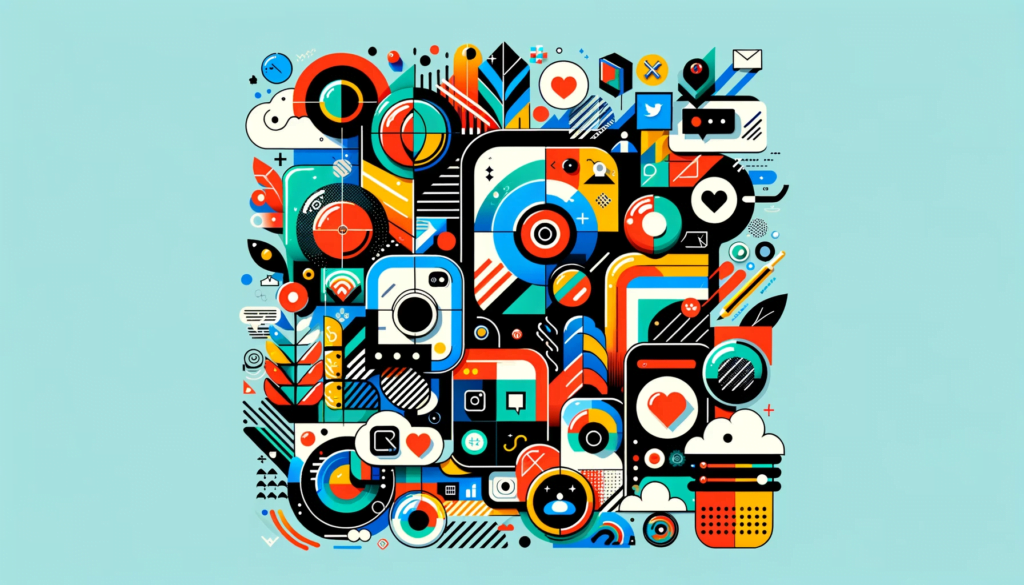
Early Beginnings: The Birth of Social Media Graphics
- The Early 2000s: In the early days of social media, platforms like Myspace and Friendster allowed users to create profiles with basic graphics. These were typically simple, pixelated images or clip art.
- Limited Technology: The limited technology of the time meant low-resolution images and a restricted color palette. Early social media graphics were more about personal expression than sophisticated design.
The Rise of Visual Platforms
- Introduction of Facebook and Instagram: With the advent of Facebook and later Instagram, social media graphics began to evolve rapidly. The focus shifted towards higher quality, more visually appealing images.
- Increased User Engagement: Platforms like Instagram prioritized visuals over text, encouraging users to share high-quality photos. This shift played a significant role in elevating the importance of aesthetics in social media content.
Advancements in Technology and Design
- Enhanced Design Tools: The development of advanced graphic design tools like Adobe Photoshop and Canva made it easier for creators to produce professional-quality images and layouts.
- High-Resolution Images: Improvements in camera technology, particularly in smartphones, facilitated the creation and sharing of high-resolution images, making social media more visually driven.
Personalization and Branding
- Brand Presence: Businesses began to realize the power of social media as a marketing tool. This led to an emphasis on branded content, where graphics were used to convey a company’s identity and values.
- Custom Graphics: Personalization became key. Custom graphics, tailored to resonate with specific target audiences, became a staple in social media marketing strategies.
Interactive and Animated Graphics
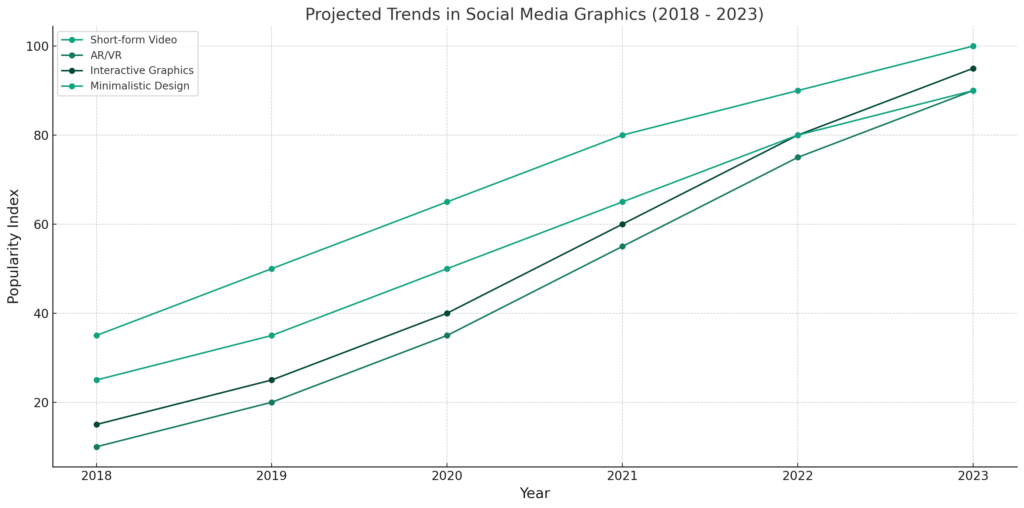
- The Emergence of Video Content: Platforms like YouTube, Vine, and later TikTok revolutionized social media graphics with the introduction of video content. This added a dynamic component to previously static feeds.
- GIFs and Animated Images: The popularity of GIFs and short animated clips added another layer of engagement, making content more interactive and enjoyable.
The Influence of Social Movements and Culture
- Reflecting Social Trends: Social media graphics began to reflect cultural and social movements more prominently. Visuals around movements like #BlackLivesMatter or #MeToo became common, showing the power of graphics in driving social awareness.
- Memes and Viral Content: The rise of memes transformed how humor and ideas are shared on social media, with certain images and formats becoming instantly recognizable.
The Future: AR, VR, and AI
- Augmented and Virtual Reality: AR and VR technologies are starting to influence social media graphics, creating immersive and interactive experiences.
- AI-Driven Design: AI is beginning to play a role in graphic design, with algorithms capable of generating layouts and graphic elements, hinting at a future where AI could play a more significant role in content creation.
Current Trends in Social Media Graphics
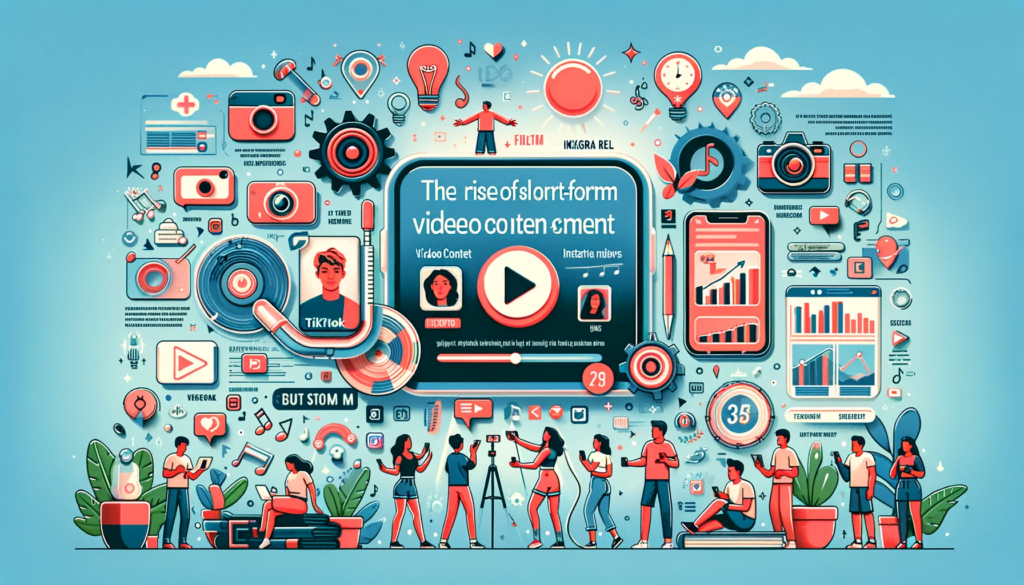
Trend 1: Emphasis on Authenticity and Relatability
- Authenticity in Imagery: There’s a growing trend towards using images that depict real-life scenarios, moving away from overly polished and unrealistic stock photos. This shift reflects a desire for authenticity, with brands and influencers showcasing more natural, relatable visuals.
- User-Generated Content: Leveraging content created by users themselves has become a popular strategy. This not only provides authenticity but also fosters a sense of community and engagement among followers.
Trend 2: Rise of Short-Form Video Content
- The popularity of Platforms like TikTok and Instagram Reels: The explosion of TikTok and the introduction of Instagram Reels have cemented short-form videos as a dominant trend in social media graphics. These platforms prioritize quick, engaging videos often featuring music, filters, and captions.
- Creative Storytelling: These short videos allow for creative storytelling, enabling brands and individuals to convey messages in an engaging and concise format.
Trend 3: Animated and Interactive Graphics
- GIFs and Motion Graphics: The use of GIFs and motion graphics has surged. These elements add dynamism to posts and are highly effective in grabbing users’ attention.
- Interactive Elements: Polls, quizzes, and swipe-up features in stories (particularly on Instagram and Facebook) have become popular ways to interact with audiences directly and keep them engaged.
Trend 4: Mobile-Optimized Design
- Design for Small Screens: With the majority of social media browsing happening on mobile devices, there’s a significant emphasis on creating graphics that are optimized for small screens. This means larger fonts, simpler layouts, and more focused messaging.
- Vertical Formats: The rise of vertical video formats, particularly for stories on Instagram and Snapchat, reflects the mobile-first approach in social media graphic design.
Trend 5: Bold Typography and Color Schemes
- Vibrant Colors: Bright, vibrant colors are increasingly used to make graphics stand out in crowded social media feeds. This includes the use of bold backgrounds and gradients.
- Creative Typography: There’s a trend toward using bold, creative typography to catch the eye and convey key messages quickly. This includes experimenting with different font styles and sizes to create visual interest.
Trend 6: Minimalism and Clean Design
- Simplicity and Negative Space: Contrasting with the use of vibrant colors and bold fonts, there’s also a trend towards minimalism in social media graphics. This includes clean, uncluttered designs with plenty of negative space.
- Focus on Core Message: The minimalist approach is about focusing on the core message without overwhelming the viewer with too much visual information.
Trend 7: Incorporation of AR and VR
- Augmented Reality Experiences: AR filters on platforms like Instagram and Snapchat have become incredibly popular, offering unique, interactive experiences.
- Virtual Reality Potential: While still in its nascent stage, VR has the potential to offer immersive, engaging experiences on social media, with some platforms experimenting with VR-based content.
Trend 8: Data Visualization
- Infographics and Data Presentation: With the increasing importance of data-driven decision-making, there’s a trend towards incorporating infographics and visually appealing data presentations in social media graphics.
- Simplifying Complex Information: This approach is about making complex data easily understandable and engaging for the average viewer.
Table: Platform Preferences for Social Media Graphics
| Platform | Preferred Graphic Style |
|---|---|
| High-Resolution, Aesthetic Images | |
| Text-Centric, Witty Graphics | |
| Mixed Media, Informative Visuals | |
| Professional, Data-Driven Graphics |
Design Elements Dominating Social Media Graphics

Element 1: Color Schemes – Vibrancy and Contrast
- Bright and Bold Colors: The use of bright, bold colors has become increasingly popular in social media graphics. These vibrant hues are effective in capturing attention in a crowded social media feed.
- Color Psychology: Understanding color psychology is key. Different colors evoke different emotions; for example, blue conveys trust and reliability, while red can evoke excitement or urgency.
- Contrasting Palettes: Contrasting color schemes are used to create striking visuals. The use of complementary colors can make certain elements stand out and improve the graphic’s overall aesthetic appeal.
Element 2: Typography – Bold and Creative
- Expressive Fonts: There’s a shift towards using typography as an expressive element in social media graphics. Bold, creative fonts are used to grab attention and convey the tone of the message.
- Legibility on Various Devices: Given the variety of devices used to access social media, ensuring legibility across different screen sizes is crucial. This often means opting for larger, clearer fonts.
- Mixing Font Styles: Mixing and matching different font styles can create visual interest. However, it’s important to maintain readability and not overcomplicate the design.
Element 3: Minimalism – Clarity and Focus
- Simplicity in Design: The minimalist trend in social media graphics focuses on simplicity and clarity. This involves using clean lines, ample negative space, and uncluttered layouts.
- Emphasis on Content: Minimalist designs place greater emphasis on the content, whether it’s a photograph, an illustration, or text, allowing the message to stand out without visual distractions.
Element 4: Imagery – Authentic and Relatable
- Real-Life Photography: There’s an increasing preference for real-life, relatable photography over stock images. Authentic photos that depict real situations and people tend to resonate more with audiences.
- Quality and Composition: While authenticity is key, the quality and composition of the images cannot be compromised. High-resolution images with good framing and lighting are essential.
Element 5: Interactive Elements – Engagement and Participation
- Interactive Graphics: Incorporating interactive elements like polls, quizzes, and clickable links in graphics has become a popular way to increase user engagement.
- Storytelling Elements: Graphics that tell a story or encourage user participation can significantly boost engagement and shareability.
Element 6: Custom Illustrations – Unique and Brand-Specific
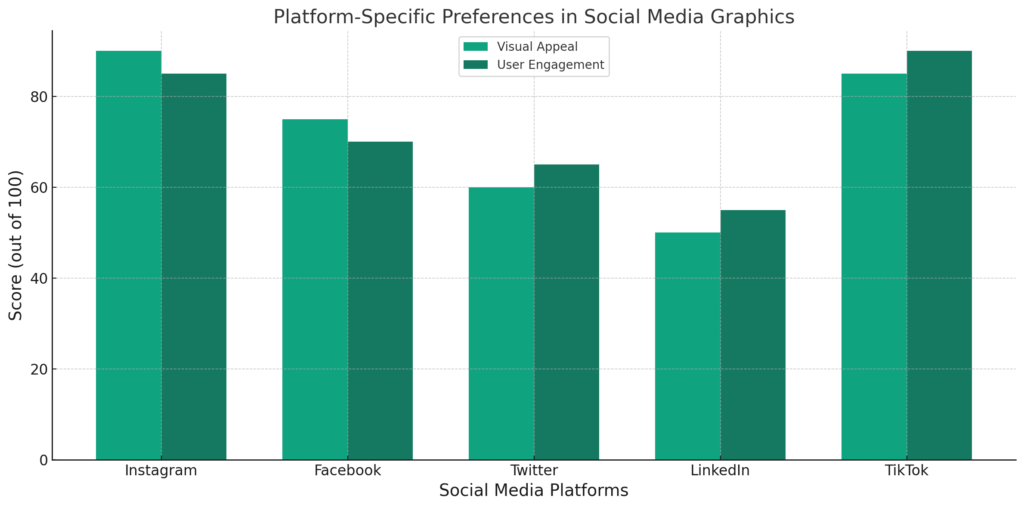
- Bespoke Illustrations: Custom illustrations give brands a chance to showcase their unique identity. These can range from simple iconography to complex, detailed drawings.
- Brand Identity Representation: Custom illustrations are particularly effective in reinforcing brand identity and making a brand’s social media presence more recognizable and memorable.
Element 7: Infographics – Simplifying Complex Data
- Visual Data Representation: Infographics are increasingly used on social media to present data in an engaging and easily digestible format. They combine text, images, and design to simplify complex information.
- Infographics for Storytelling: Well-designed infographics can tell a story or convey a message more effectively than text or images alone, making them valuable for educating and engaging audiences.
Element 8: Filters and AR – Enhanced Reality
- Augmented Reality Filters: AR filters, especially on platforms like Instagram and Snapchat, allow users to interact with brands in a fun and immersive way.
- Custom Filters for Branding: Brands are creating custom AR filters to enhance their audience’s experience and offer interactive brand engagement opportunities.
List: Top 5 Design Elements in Social Media Graphics
- Contrast in Color Schemes
- Bold and Clear Typography
- Minimalistic Design
- Consistent Branding
- Interactive Elements (like polls or quizzes)
Impact of Technology on Social Media Graphics
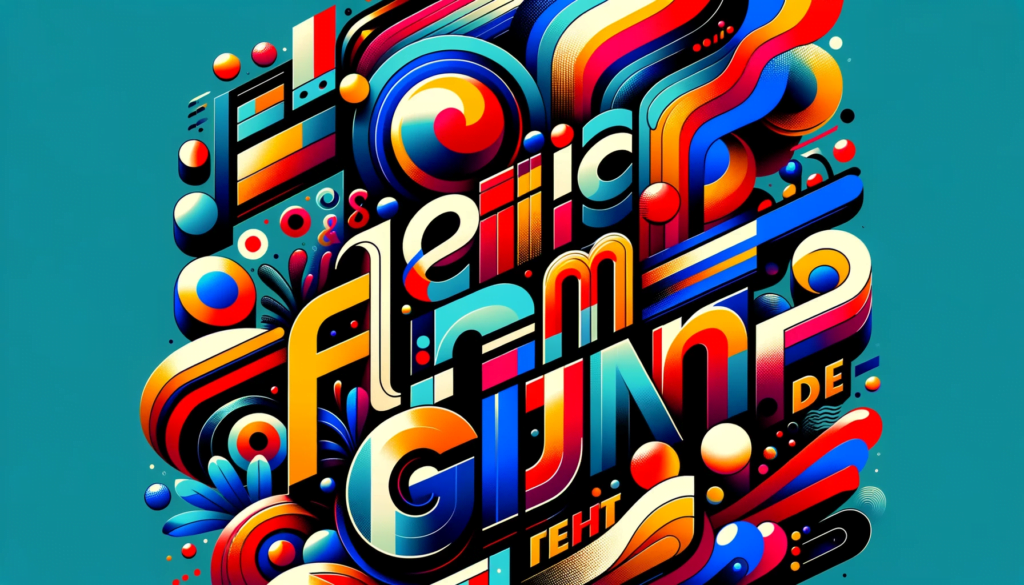
Technological Tides Shaping Design
The influence of tech advancements on social media graphics cannot be overstated. Here’s how technology is reshaping the landscape:
- Design Software Innovations: Tools like Adobe Photoshop and Canva have revolutionized how we create and manipulate graphics, making complex designs more accessible.
- Augmented Reality (AR) and Virtual Reality (VR): These technologies offer immersive experiences, adding a new dimension to social media graphics.
- AI in Graphic Design: Artificial Intelligence is starting to play a role in automating design elements, suggesting layouts, and generating basic graphics.
Quote: “The fusion of technology and creativity is redefining the boundaries of social media graphics,” says Jane Doe, a leading graphic designer.
User Engagement and Social Media Graphics
Visuals That Connect and Convert
The power of graphics in driving user engagement is immense. Here’s why:
- Visual Psychology: Images process faster than text in the brain, making graphics a powerful tool for instant communication.
- Emotional Connection: Well-designed graphics can evoke emotions, leading to better engagement.
- Case Study: Coca-Cola’s ‘Share a Coke’ campaign used personalized graphics to create a buzz, significantly increasing user engagement on social media.
Future Predictions for Social Media Graphics
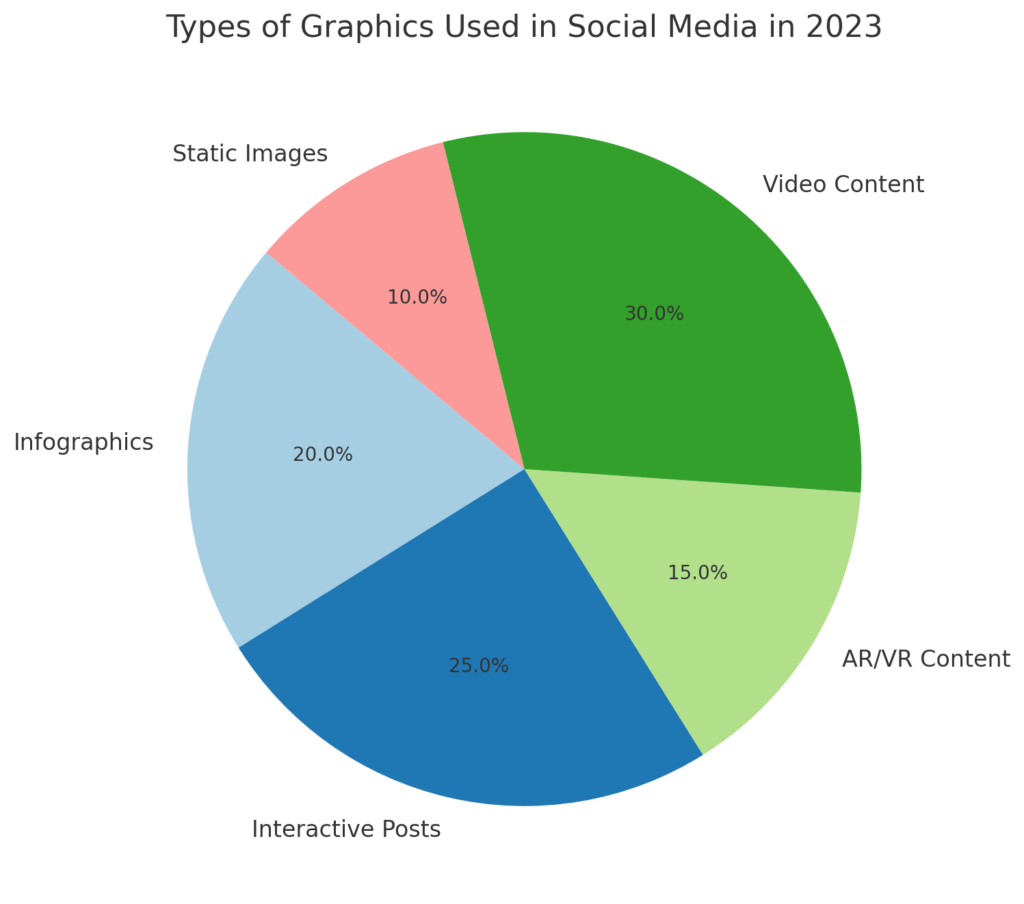
Gazing into the Crystal Ball
Predicting future trends can be tricky, but here are some educated guesses:
- Expert Opinions: Many believe that we will see more interactive and 3D graphics in the future.
- Technological Advancements: As technology evolves, so will the tools and techniques for creating graphics.
- Bold Prediction: Shortly, AI-generated graphics could become mainstream, offering personalized content at scale.
Creating Trendy Social Media Graphics
Crafting Eye-Catching Content
Here’s a guide to keeping your graphics fresh and engaging:
- Understand Current Trends: Stay updated with the latest design trends.
- Use the Right Tools: Utilize graphic design software that suits your needs and skill level.
- Embrace User-Generated Content: Incorporate graphics created by your audience for authenticity.
- Table: Graphic Design Tool FeaturesToolFeaturesBest ForAdobe PhotoshopAdvanced EditingProfessional DesignersCanvaUser-Friendly, TemplatesBeginners & MarketersFigmaCollaborative DesignTeams & Agencies
Challenges and Solutions in Social Media Graphics

Challenge 1: Keeping Up with Rapidly Changing Trends
- Description: The fast-paced nature of social media means graphic trends can change quickly. What’s popular one month might be outdated the next. This creates a challenge for creators to consistently produce content that is fresh and relevant.
- Solution: To stay ahead, it’s crucial to regularly follow design blogs, social media influencers, and industry news. Attending webinars and workshops can also provide insights into emerging trends. Additionally, experimenting with different styles and tracking the engagement can help determine what resonates with your audience.
Challenge 2: Maintaining Brand Consistency
- Description: While adapting to new trends, there’s a risk of losing the brand’s visual identity. Consistency in graphics is key to building brand recognition and trust among the audience.
- Solution: Develop a well-defined brand guideline that includes color palettes, typography, and imagery styles. While experimenting with new trends, ensure these elements remain consistent across all graphics. Regular audits of social media content can help in maintaining this consistency.
Challenge 3: Platform-Specific Graphic Requirements
- Description: Each social media platform has unique requirements and audience preferences. A design that works well on Instagram might not be as effective on LinkedIn or Twitter.
- Solution: Understand the nuances of each platform. This includes optimal image sizes, text limitations, and the type of content that performs well (e.g., professional content on LinkedIn, and visually rich content on Instagram). Creating platform-specific graphics can significantly improve engagement and reach.
Challenge 4: Balancing Creativity and Clarity
- Description: There’s often a fine line between being creatively expressive and maintaining clarity in the message. Overly complex or abstract designs can confuse the audience, diluting the intended message.
- Solution: Focus on the key message you want to convey and design around it. Use design elements to enhance the message, not overshadow it. Feedback from a diverse group within the target audience can provide valuable insights into how well the graphic communicates its intended message.
Challenge 5: Legal Considerations in Graphic Design
- Description: Using images, fonts, or other design elements without proper licenses can lead to legal issues, including copyright infringement.
- Solution: Always use original content or ensure proper licensing for all elements used in your graphics. This includes stock images, fonts, and any other third-party assets. When using user-generated content, obtain explicit permission from the creator and provide appropriate credits.
Challenge 6: Creating Engaging Content for Diverse Audiences
- Description: Social media audiences are diverse, and what engages one group may not resonate with another. Understanding and catering to this diversity can be challenging.
- Solution: Segment your audience and understand the preferences and behaviors of each group. Use analytics tools to gauge the performance of your content across different audience segments. Tailoring content to specific groups can lead to more meaningful engagement.
Challenge 7: Optimizing Graphics for Mobile Devices
- Description: With the majority of social media browsing done on mobile devices, graphics that are not optimized for mobile viewing can lose their impact.
- Solution: Design with a mobile-first approach. Ensure that graphics are visually appealing and legible on smaller screens. Regular testing on various devices can help ensure compatibility and effectiveness.
Case Studies and Real-World Examples

Case Study 1: Nike’s Bold Campaigns
- Overview: Nike is renowned for its impactful social media graphics that often blend inspirational messages with high-quality visuals. A key element of Nike’s success is its ability to tap into current trends while staying true to its brand identity.
- Strategy: Nike employs a mix of product photography, athlete endorsements, and motivational messages. They often use bold colors and typography to make a statement.
- Outcome: Their campaigns consistently achieve high levels of engagement and shareability, reinforcing Nike’s position as a trendsetter in both sports and marketing.
Case Study 2: Airbnb’s Use of User-Generated Content
- Overview: Airbnb has leveraged user-generated content (UGC) to create authentic and engaging social media graphics that resonate with their audience.
- Strategy: By featuring real stories and experiences from their community, Airbnb’s graphics bring a personal touch that professional photography often can’t match. They often repost photos and stories shared by their users, with proper credits, enhancing their brand’s relatability.
- Outcome: This approach has not only increased engagement on their social media channels but also fostered a sense of community among Airbnb users.
Case Study 3: A Failed Campaign – A Cautionary Tale
- Overview: The unnamed company launched a social media campaign that backfired due to a lack of understanding of its audience and current trends.
- Strategy: The company used outdated design elements and insensitive messaging that did not resonate with its audience. The graphics were seen as tone-deaf and not in line with the brand’s identity.
- Outcome: The campaign faced significant backlash, leading to a public apology and withdrawal of the campaign. This case study underscores the importance of staying current with trends and understanding audience sentiment.
Real-World Example: Dove’s Real Beauty Campaign
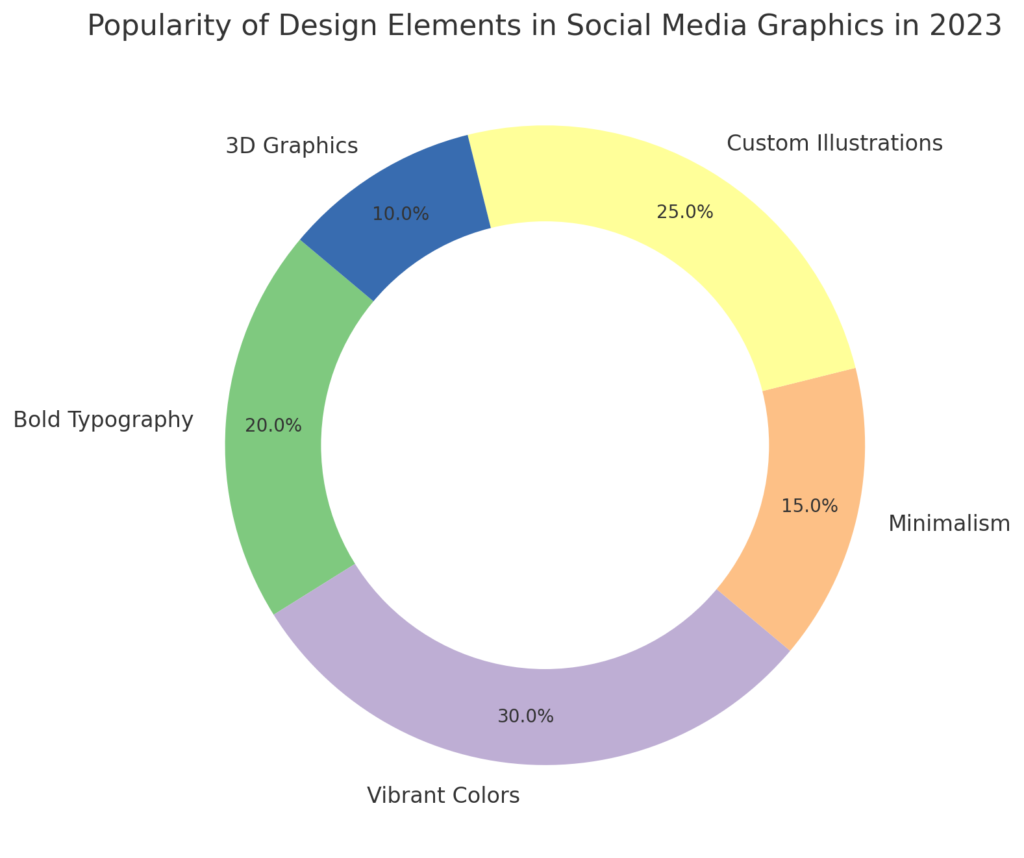
- Overview: Dove’s Real Beauty campaign stands out for its use of authentic, diverse imagery, challenging traditional beauty standards.
- Strategy: The campaign used real women of different ages, sizes, and ethnicities in its graphics, a stark contrast to the usual airbrushed images common in the beauty industry.
- Outcome: This approach resonated deeply with audiences worldwide, leading to widespread acclaim and a significant boost in Dove’s brand image and sales.
Real-World Example: Spotify’s End-of-Year Campaigns
- Overview: Spotify’s annual “Wrapped” campaign uses personalized data to create engaging and shareable graphics for each user.
- Strategy: The campaign generates unique graphics for users, showcasing their most-played songs and artists of the year, and encouraging them to share these on social media.
- Outcome: This personalized approach results in massive user engagement each year, with millions of shares across social media platforms, enhancing Spotify’s brand visibility and user loyalty.
Real-World Example: GoPro’s Adventure-Driven Content
- Overview: GoPro excels in using high-action visuals that align with its brand ethos of adventure and excitement.
- Strategy: The brand often features user-generated content, showcasing extreme sports and breathtaking landscapes, shot using GoPro cameras.
- Outcome: This strategy not only highlights the product’s capabilities but also builds a community of adventure enthusiasts, driving brand engagement and loyalty.
Conclusion: Trends in Social Media Graphics
The Art and Science of Social Media Graphics
Trends in social media graphics are constantly evolving, shaped by technological advancements, cultural shifts, and user preferences. Staying informed and adaptable is key to creating visuals that not only catch the eye but also resonate with audiences. As we continue to navigate the vibrant world of social media, let’s embrace creativity, innovation, and the power of visually compelling stories.
FAQ: Trends in Social Media Graphics
What are the current trends in social media graphics?
The landscape of social media graphics is dynamic, with several key trends emerging. Animated content, such as GIFs and short videos, has gained popularity for its ability to capture attention quickly. Mobile-optimized designs are crucial, considering the majority of social media browsing occurs on mobile devices.
These designs are characterized by clear, readable text and images that are visually appealing even on smaller screens. Platform-specific styles have also emerged, with each social media platform favoring certain types of graphics (e.g., Instagram prefers high-quality, visually rich images, while Twitter values witty, text-centric visuals).
Another trend is the use of augmented reality (AR) features, allowing for interactive and immersive experiences.
How do technological advancements affect social media graphics?
Technological advancements have a profound impact on the creation and consumption of social media graphics. Design software innovations, such as Adobe Photoshop and Illustrator, have become more sophisticated, offering a wide range of tools that enable the creation of intricate and engaging designs.
The rise of platforms like Canva democratizes design, allowing non-professionals to create quality graphics easily. Augmented Reality (AR) and Virtual Reality (VR) technologies are introducing new dimensions in graphics, creating interactive and immersive experiences. For example, AR filters on Instagram and Snapchat have become extremely popular for enhancing selfies with playful and engaging graphics.
Artificial Intelligence (AI) is starting to influence the design process, with algorithms capable of suggesting layouts, color schemes, and even creating basic designs, thereby streamlining the design process and opening up new possibilities for personalized content.
Why is user engagement important in social media graphics?
User engagement is the cornerstone of an effective social media presence. Engaging graphics are more likely to capture attention and generate likes, comments, and shares, thereby increasing the reach of the content.
Visually appealing graphics can convey a message more effectively, often eliciting emotional responses that lead to deeper connections with the audience. For businesses and brands, higher engagement on their graphics can translate into increased brand awareness, customer loyalty, and even direct sales.
Graphics that encourage interaction, such as polls, quizzes, or user-generated content, can create a sense of community and foster a stronger relationship between the brand and its audience.
Can AI take over the creation of social media graphics?
While AI has made significant inroads in the field of graphic design, it is unlikely to completely take over the creative process. AI can assist designers by automating routine tasks, generating basic layouts, and providing suggestions, which can speed up the design process and offer new perspectives.
However, the creative and emotional aspects of design – understanding the brand’s essence, capturing the right mood, and connecting with the audience on an emotional level – are inherently human elements that AI currently cannot replicate.
AI tools serve as assistants and enhancers in the creative process but do not replace the need for human creativity and intuition.
How do color schemes impact social media graphics?
Color schemes play a crucial role in the effectiveness of social media graphics. Colors have the power to evoke emotions, attract attention, and convey messages without words. Choosing the right color scheme can help graphics stand out in a crowded social media feed.
Vibrant and contrasting colors are often used to grab attention, while harmonious and softer colors can convey a sense of calm and trust.
The psychology of color is also important; for instance, blue is often associated with trust and reliability, making it a popular choice for corporate brands, while red can convey excitement or urgency. Consistency in color schemes also helps in building brand recognition, as consistent use of brand colors across all graphics strengthens brand identity.
What role does typography play in social media graphics?
Typography in social media graphics is not just about making words readable; it’s about using type to convey a message effectively and add to the overall aesthetic of the design. The choice of font can greatly affect the tone and mood of the graphic. For example, a bold, sans-serif font can convey modernity and strength, while a script font might be used for a more elegant or personal touch.
The size, color, and arrangement of typography also play a role in guiding the viewer’s attention and ensuring that key messages are communicated effectively.
Good typography should enhance the graphic’s message, not detract from it. It’s also important to ensure that text is legible on various devices, especially mobile phones, where a significant portion of social media content is consumed.
What should be considered when using user-generated content in graphics?
When incorporating user-generated content (UGC) in social media graphics, it’s essential to consider authenticity, relevance, and legal considerations. UGC should be genuine and reflect real experiences or views of the users.
It’s important to select content that aligns with the brand’s values and messaging. Relevance to the current trends, audience interests, or seasonal themes can also make UGC more effective.
Legally, it’s crucial to obtain proper permissions or licenses to use someone’s content. This often involves reaching out to the original creator for consent and potentially discussing terms of use. Properly crediting the creator is also a best practice, as it respects the creator’s work and can foster a positive relationship with the content’s originator.
How can one stay updated with social media graphic trends?
Staying updated with social media graphic trends requires a proactive approach. Following design blogs, subscribing to design-related newsletters, and keeping an eye on the work of leading designers and influencers in the field are good starting points.
Social media platforms themselves are great resources; following hashtags related to graphic design can lead to a wealth of current and emerging trends.
Attending webinars, workshops, and conferences can also provide insights into the latest trends and tools in the industry. Networking with other designers and being part of design communities online can facilitate the exchange of ideas and keep one abreast of the latest developments.
What are some common challenges in creating social media graphics?
Creating compelling social media graphics comes with several challenges. Keeping up with the rapidly changing trends and understanding what resonates with the audience can be daunting.
Maintaining brand consistency across various graphics while still staying fresh and relevant is another common challenge. Ensuring the graphics are optimized for different platforms, each with its unique requirements and audience preferences, requires a nuanced approach.
Additionally, balancing creativity with the practical aspects of design, such as readability and message clarity, is crucial. Legal considerations, such as copyright issues and image rights, also pose significant challenges, especially when using stock images or user-generated content.
How important is it to tailor graphics to different social media platforms?
Tailoring graphics to different social media platforms is extremely important for maximizing engagement and effectiveness. Each platform has its own set of norms and user expectations. For instance, Instagram users generally expect high-quality, visually appealing images and stories, while LinkedIn users might be more receptive to professional and data-driven graphics.
Understanding the nuances of each platform – such as the ideal image dimensions, the amount of text used, and the type of content that performs well – is key to creating effective social media graphics.
Customizing content for each platform can significantly improve engagement, reach, and audience connection, ultimately contributing to the success of social media campaigns.





![Unlocking the Power of Hashtags in Social Media [2024 Exquisite Guide] 25 Раскрывая силу хэштегов в социальных сетях [2024 г. Изысканное руководство]](https://www.knowskit.com/wp-content/uploads/2024/01/the-evolutionary-journey-of-hashtags-in-social-media-768x439.png)
